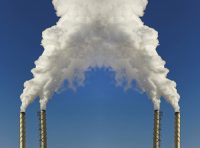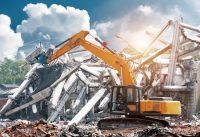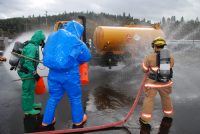FAQs About the Definition of Solid Waste (DSW) Rule—Part 1
FAQs About the Definition of Solid Waste (DSW) Rule—Part 1 Q: What was the impetus for the DSW final rule? A: According to the EPA, the 2014 DSW final rule addresses “significant regulatory gaps in the 2008 rule” that could result in negative impacts on “communities adjacent to third-party recyclers, including disproportionately impacting minority and […]










